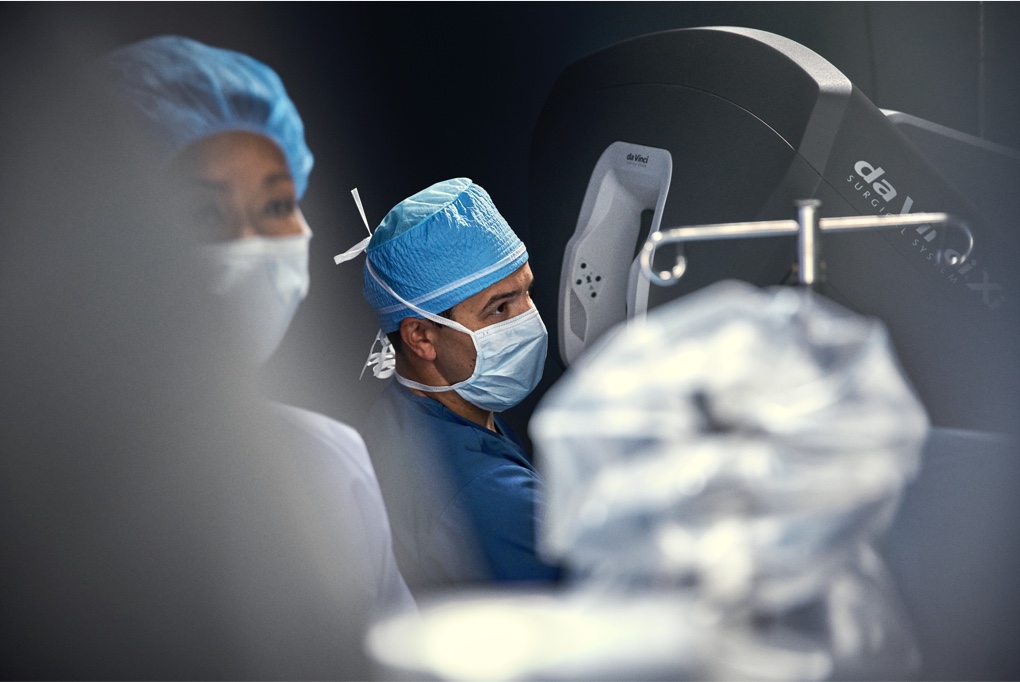

Your kidneys filter blood to remove waste and extra water that is then sent through the ureter tubes to your bladder as urine. When the connection point between the kidney and ureter tube (called the ureteropelvic junction or UPJ) becomes blocked, urine builds up in the kidney, which may cause pain or infection.
Kidney blockage at the UPJ is typically congenital, meaning children are born with it. About one in 1,500 children are born with this problem. Although less common, a UPJ obstruction can also develop in adults due to surgery, kidney stones or swelling in the upper urinary tract.
Symptoms of UPJ blockage may include back pain, kidney stones, vomiting, infection with fever, and bloody urine.1


There are additional outcomes of surgery that you may want to talk with your doctor about. Please ask him or her about all important outcomes of surgery. All surgery involves risk. You can read more about associated risks of pyeloplasty surgery here.
Surgical risks
Risks associated with pyeloplasty (surgery for a urinary blockage) include infection of the kidney, leaking of urine, narrowing of the ureter, bowel injury, kidney stones, blockage or movement of the stent, blood in the urine, prolonged leaking of urine.
Important safety information
Patients should talk to their doctor to decide if da Vinci surgery is right for them. Patients and doctors should review all available information on non-surgical and surgical options and associated risks in order to make an informed decision.
Serious complications may occur in any surgery, including da Vinci surgery, up to and including death. Serious risks include, but are not limited to, injury to tissues and organs and conversion to other surgical techniques which could result in a longer operative time and/or increased complications. For Important Safety Information, including surgical risks, indications, and considerations and contraindications for use, please also refer to www.intuitive.com/safety.
Individuals' outcomes may depend on a number of factors, including but not limited to patient characteristics, disease characteristics and/or surgeon experience.
Da Vinci Xi system precaution statement
The demonstration of safety and effectiveness for the specific procedure(s) discussed in this material was based on evaluation of the device as a surgical tool and did not include evaluation of outcomes related to the treatment of cancer (overall survival, disease-free survival, local recurrence) or treatment of the patient’s underlying disease/condition. Device usage in all surgical procedures should be guided by the clinical judgment of an adequately trained surgeon.
Medical advice and locating a doctor
Patients should talk to their doctor to decide if da Vinci surgery is right for them. Other options may be available and appropriate. Only a doctor can determine whether da Vinci surgery is appropriate for a patient’s situation. Patients and doctors should review all available information on both non-surgical and surgical options in order to make an informed decision.
Surgeons who utilize the da Vinci system can be found using the Surgeon Locator. Intuitive Surgical only provides surgeons with training on the use of the da Vinci system but does not certify, credential, or qualify the surgeons listed in the Surgeon Locator.
Product names are trademarks or registered trademarks of Intuitive Surgical or their respective owners. See www.intuitive.com/trademarks.